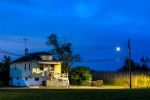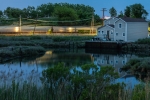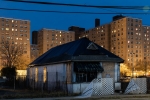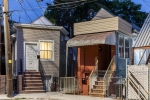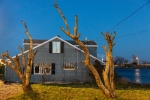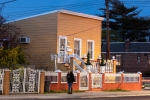Around the periphery of New York City in its waterfront neighborhoods, climate change is nipping and tucking and reshaping how and where people make their homes. We live in castles made of sand that will “fall in the sea, eventually” to take the Jimi Hendrix song a bit literally. Resilience pushes eventually further off into the future. Is resilience storm sewers, bigger tree pits, zoning changes, the stuff of mundane local government policy? Or is it, as according to Eric Klinenberg, the social coherence in a neighborhood? Is it the health of urban ecosystems that will allow for more protection and a faster recovery from extreme weather events? Resilience is certainly all of these things but walking New York City’s waterfront neighborhoods for over a decade has made it clear to me that resilience is inseparable from equitable economic development.
After Sandy, I did not expect New York City’s waterfront neighborhoods, their vulnerabilities made so evident, to recover and thrive in the ways that they have. While there has been some retreat – managed and unmanaged, in Staten Island and Queens, many neighborhoods including Rockaway Beach, Gerritsen Beach, New Dorp Beach, Canarsie are more vital than ever. Policy initiatives to rebuild hard hit neighborhoods are working.
Climate change will continue to surprise us. Hurricane Ida killed 13 people in New York City, none of them in waterfront neighborhoods, many in basement apartments. The median home price of a neighborhood still tells too much about its level of resilience. Addressing economic inequality and uneven economic development is the best way to strengthen our city and prepare for an unpredictable future.
